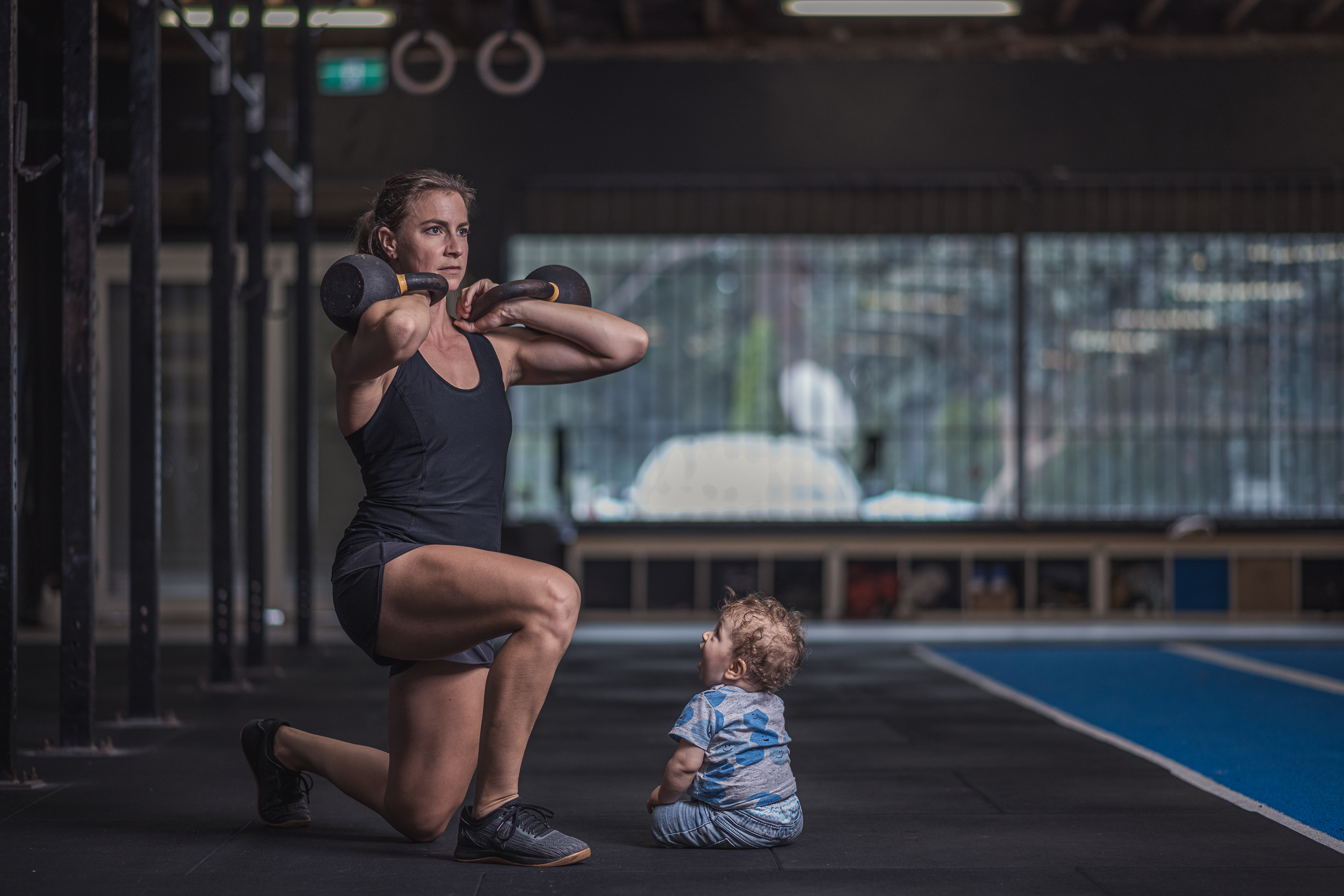In this blog HATCH COACH course tutor, Aby, talks us through how to find the sweet spot in postpartum training -balancing challenge, capability, and recovery.
Postpartum training isn’t about holding women back, it’s about finding their sweet spot. That lovely balance between what they’re currently capable of and how much they can safely recover from.
And for coaches, well, that balance is everything.
Push too hard, and you risk injury or dysfunction.
Go too easy, and you’ll stall progress and confidence.
Finding the middle ground (where adaptation happens) is where the magic lies.
But let's unpack what that actually means in practice.
Capability vs. Capacity
A great postpartum training plan balances current capability with capacity to recover.
Current capability is the limit of what your client can safely do right now. It’s influenced by their stage of healing and their pre-pregnancy fitness level. Your job is to take that capability and challenge it gradually and progressively.
But capability only matters if it’s supported by recovery. And postpartum recovery is a whole different ball game. Unlike most other groups of people you train, your postpartum population do not have control of the fundamental elements of recovery.
Their capacity to recover is often limited due to;
-
Sleep being broken.
-
Nutrition being inconsistent.
-
Rest and downtime are at an all time low.
-
Hormonal shifts and nutrient deficiencies (like iron or calcium) can change how they adapt to training.
And that's just naming a few... So, when it comes to planning sessions, we want to think less about what they can do, and more about what they can recover from.
So, how do you approach this?
Knowing when to push and when to hold back is part science, part intuition. These are the three questions I would be asking myself to decide if my postpartum client was ready for more…
1. How challenging is the session (out of 10)?
Use RPE (Rate of Perceived Exertion) or RIR (Reps in Reserve) to track effort;
-
If they’re cruising at a 5/10 RPE or 5 RIR after the first round, it’s time to add a little more.
-
If form breaks down or they’re hitting 9/10 RPE or 0 RIR, it’s too much. Especially in the first 12 weeks postpartum, when healing is still active.
That 7–8/10 RPE or 1–2 RIR range is usually the sweet spot for steady, safe progression.
2. Are they experiencing any symptoms?
No exercise should worsen symptoms. It’s not okay to brush off leakage, heaviness, or discomfort as “normal” or to suggest quick fixes like a pre-class toilet trip or a pad.
Symptoms are feedback, not failure. They’re signals that her body isn’t tolerating a movement or load just yet. So it's really important to learn how to adapt breath strategies, modify movements, and adjust positioning so your client can progress without aggravating symptoms (and good thing we've got a coaching certification that can help you do that!)
3. How do they feel after training?
Check in post-session;
If they feel tired but able to get along with the rest of their day, a little achey but nothing to write home about than you are probably hitting the sweet spot.
If they are exhausted and struggling to lift their baby up the next morning maybe too much.
If they feel absolutely fine like they’ve just taken a leisurely stroll, push a little harder next time.
The key takeaway?
Postpartum women are capable of a lot more than they’re often given credit for. But they’re also recovering from enormous physical and hormonal changes. Both truths can exist at once.
Your role as a coach is to respect their recovery and champion the potential.
Want to learn how to coach postpartum women with confidence?
Explore HATCH COACH our certification built to help you support women through pregnancy and postpartum.

